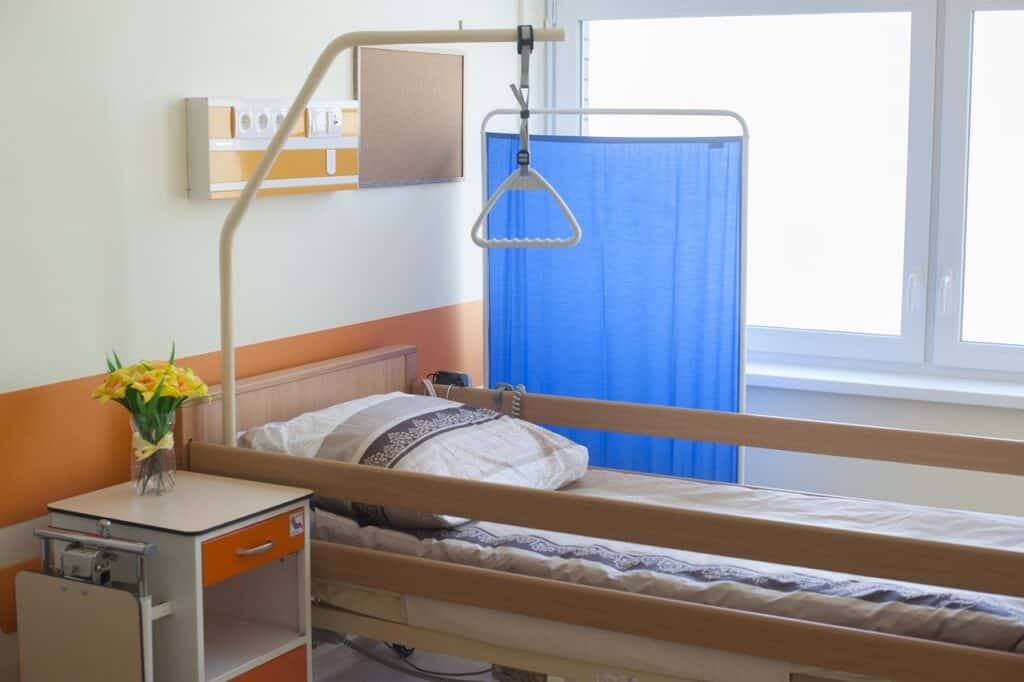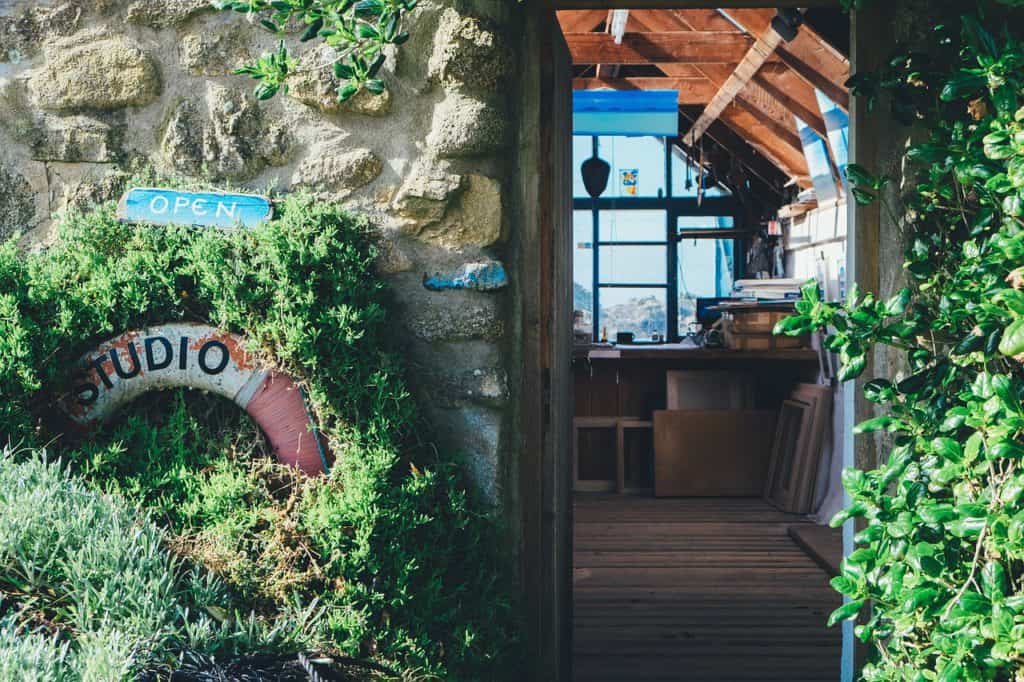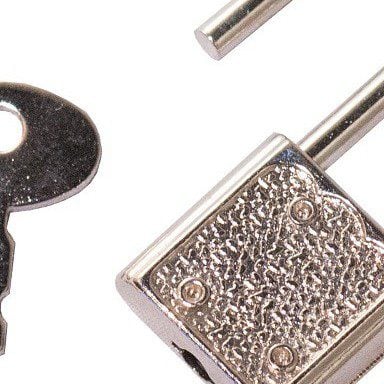Disclosure:- This article has affiliate links to IAP career college. Should you purchase something from a link I may receive a small payment at no cost to you. I am not an employee of any company mentioned and all opinions expressed here are mine and are not representative of any company.
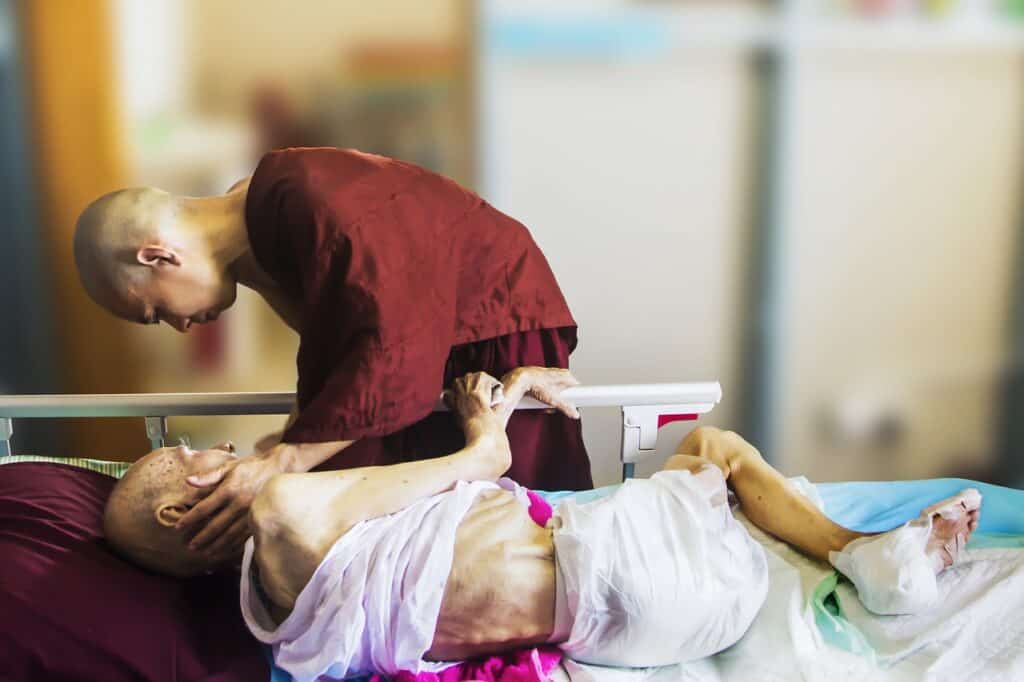
The 2 Events that created a demand for Death Doulas.
Most reports speculate about the aging population tripling by 2050, but the 1st event that created a demand for death doulas was the deaths of over 3,000 people on September/11/2001 when an awakening of human consciousness occurred, with a massive increase in the number of people making the effort to detail their end-of-life planning. This died down until the covid epidemic. This was a much greater shock where the sacredness of end-of-life care was essentially thrown out the window during covid (along with many other respects for human dignity).
First let’s take a trip down memory lane and look at the origin of death doulas, to the current situation, and see if we can get some idea of the demand for death doulas in the future.
- The Origin of Death Doulas
- The Doulas role.
- Did Covid create a demand for Death Doulas
- What is the Future Employment Outlook for Death Doulas?
The Origin of Death Doulas
Many people would be familiar with the term “Birth Doula”.
The word “doula” comes from ancient Greek, meaning “a woman who serves.” Today, “doula” refers to a professional trained to provide emotional, physical, and informational support to women throughout their pregnancy, birth, and early postpartum period.
The term “Death Doula” is an abbreviation of end-of-life midwife or end-of-life doula and the term death doula never really became common until sometime during the late 1960s or early1970s.

The most likely origin of the term came from Dame Cicely Saunders, an English doctor and social worker.
By the late 1950s, she was pretty much over the “Wretched habits of big, busy hospitals where everyone tiptoes past the bed and the dying soon learn to pretend to be asleep.” and conducted research into pain control.
In 1967 she founded the world’s first purpose built Hospice founded on the principles of combining teaching and clinical research, expert pain and symptom relief with holistic care to meet the physical, social, psychological and spiritual needs of its patients and those of their family and friends
Wikipedia
This led to a new medical specialty called Palliative care that could be adapted to different situations.
As well as medical treatment patients could get their hair done, do gardening, read, talk, or have a drink of alcohol — beer, whiskey, gin, or brandy depending on their choice.
She found that by talking about spiritual issues regardless of their faith if any, about family and other worries, not just their symptoms, then they usually settled and needed less pain control than if that was all that was being done.
It was her idea that a person (even those without a medical background), could provide pain relief and comfort to a dying person by being a friend and confidant.
This was a different role from the one played by priests or rabbis, which normally are more solemn in their interactions.
In some Eastern societies, palliative care continues even after the person has died.
The deceased person is considered “ill” or “sick” until they have had a funeral ceremony, which in some cases can take years.
Until then they are treated as if they are just sick.
The Death Doulas Role.
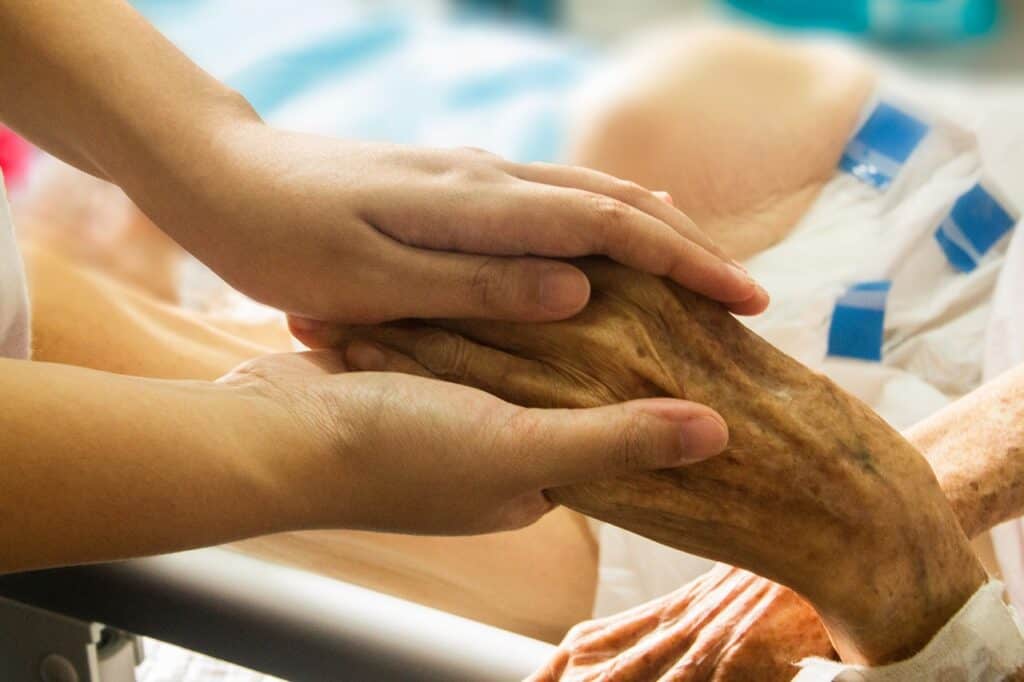
End-of-life doulas step in to fill the emotional voids that medical workers cannot fill.
Often the role of a doula is a voluntary one, done by a close relative or close friend of the dying.
But volunteers, (like medical staff with busy caseloads), cannot always devote the time needed to give the dying patient the time needed to be of benefit because of work, kids, or other commitments.
Over time the growth of hospices, the integration of palliative care into mainstream medicine, aged care homes, and societal changes have created a role for paid death doulas.
Hospices are a mix of Not For Profit and For Profit
A death doula can be either a volunteer, a paid employee, or an independent worker.
The role of a death doula now includes additional tasks, but these THREE things remain sacrosanct.
- The doula’s role is to help the client feel safe and comfortable.
- To complement the role of the healthcare professionals who provide the client’s medical care.
- The doula cannot administer medications, or give medical advice.
Essentially the role a doula plays hasn’t deviated too much from what Dame Cicely Saunders intended.
Be a confidant, read, write, talk, and listen. Create a pleasant atmosphere for the person dying.
Watch an old movie or football game if they want.
Doulas can also counsel families looking to practically plan for their end-of-life care and final burial or funeral, at any age, regardless of health status including other end-of-life decisions such as vigil planning, legacy projects, and bereavement care.
This is becoming more common as it is also part of a United States government initiative introduced at the close of 2020, as part of the compassionate care act to expand Federal resources to support advance care planning, and end-of-life decision-making.
End-of-life doulas are trained to recognize the signs of imminent death.
If they interact with the patient’s hospice provider, they can alert them to changes in the patient’s condition. This can help ensure that families receive necessary support during that time and potentially drive improvement on key quality metrics such as the number of visits during the last seven days of life
Hospice News
I have covered other roles the end-of-life doula can be expected to do in a more in-depth article which can be seen here.
Did Covid Create a Demand for Death Doulas?

It may seem like a rhetorical question, but let’s look beneath the surface.
According to some reports, the demand for death doulas increased tenfold.
Other reports confirmed this demand, saying that…
“People weren’t apt to recognize their end-of-life journey” and “Many, if not most, families were coming on to hospice services without the first understanding about what the end of life is like”
Suzzanne O’Brien.
Click Here for a free e-book Surviving the Final Goodbyes.
Some Hospices have taken on end-of-life doulas as full-time employees although medicare does not cover their costs in the United States.
One thing that did change was, that End-of-life doula training organizations had a steep increase in people wanting to do EOL courses. Some by 300%.
One can assume that the double whammy of being laid off and having a family member falling seriously ill created the demand for courses.
Did they all find work? We can only guess. Here are 4 scenarios.
- Hospices and funeral homes hired a few
- Some Eold training organizations are also agencies and have a job board.
- Many undertook a course to help a family member or other close relative or friend.
- Some of the more enterprising started a business.
Most I believe would have taken a course more for the humanitarian role instead of profit.
It is the impact, and not the pay, which is why many are drawn to the work. Some doulas offer their services for free, according to one source.
So in my opinion the tenfold increase in demand for Eolds is not necessarily directly related to the demand for employment.
A look at the demand for courses, the numbers tell the story. The numbers are not that huge.
The largest increase I saw went from 200 trainees in 2019 to 600 in 2021 at the University of Vermont.
Others simply went from single digits to double digits.
What is the Future Employment Outlook for Death Doulas?
The memories from the covid pandemic will not die quickly.
Probably if one thing did increase tenfold during the pandemic then it would be the value and power of humanitarian work.
It doesn’t matter where in the western world you are end-of-life death doulas are here to stay.
It was not only the United States that saw an increase in death doula trainees but Australia, Canada, England, plus others as well.
Some of the organizations I looked at in this death doula training review will probably settle back to pre-covid enrollment, but there are now more certified doulas, some of whom will no doubt get further qualifications, set up a business and train others.
Some of the bigger training organizations may (try), increase their influence. But if you think about it, end-of-life is personal and local.
There will be some government intervention in some countries.
Particularly in having end-of-life doulas recognized as a craft and being able to accept medicare payments.
But expect it to be slow because it will add to the health budget outlays of all countries.
The United States will hopefully see a shake-up of for-profit hospices and make them more accountable.
Have a great and prosperous 2024
As always, any comments are welcome.
A Helpful Free E-Book
Grief is an intricate emotion, often likened to a journey through a maze with unique twists, turns, and challenges. Though everyone’s experience with grief is personal, there are shared elements that many encounter.
By understanding these aspects and equipping oneself with coping mechanisms and supportive environments, it’s possible to find meaning, healing, and even growth in the face of loss.
Thanks for reading.

